Lawn Fertilizer Tips: When And How To Apply Lawn Fertilizer
A green carpet of lawn isn’t one plant – it’s a collection of some 850 grass plants per square foot, and each one requires nutrients to stay healthy.
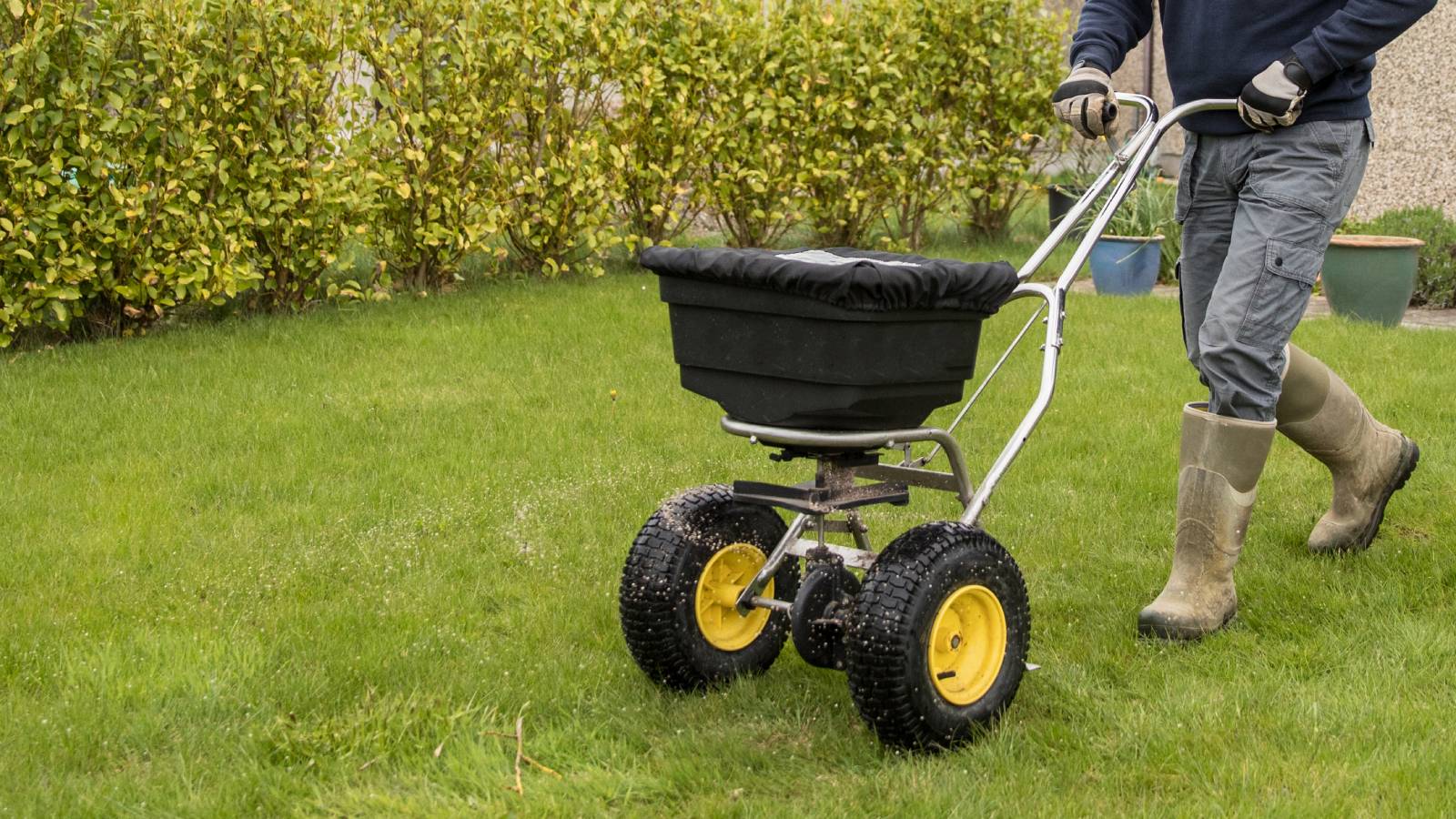

You feed your kids, you feed your pets, and – yes! – you need to feed your grass. To get lush green grass, you’ll want to fertilize your lawn.
If you’re new to lawn fertilizing, you may not know how or when to fertilize the lawn. We’ve got you covered. Read on for the answers to all your questions about how to include fertilizer in your lawn care program.
When to Fertilize a Lawn
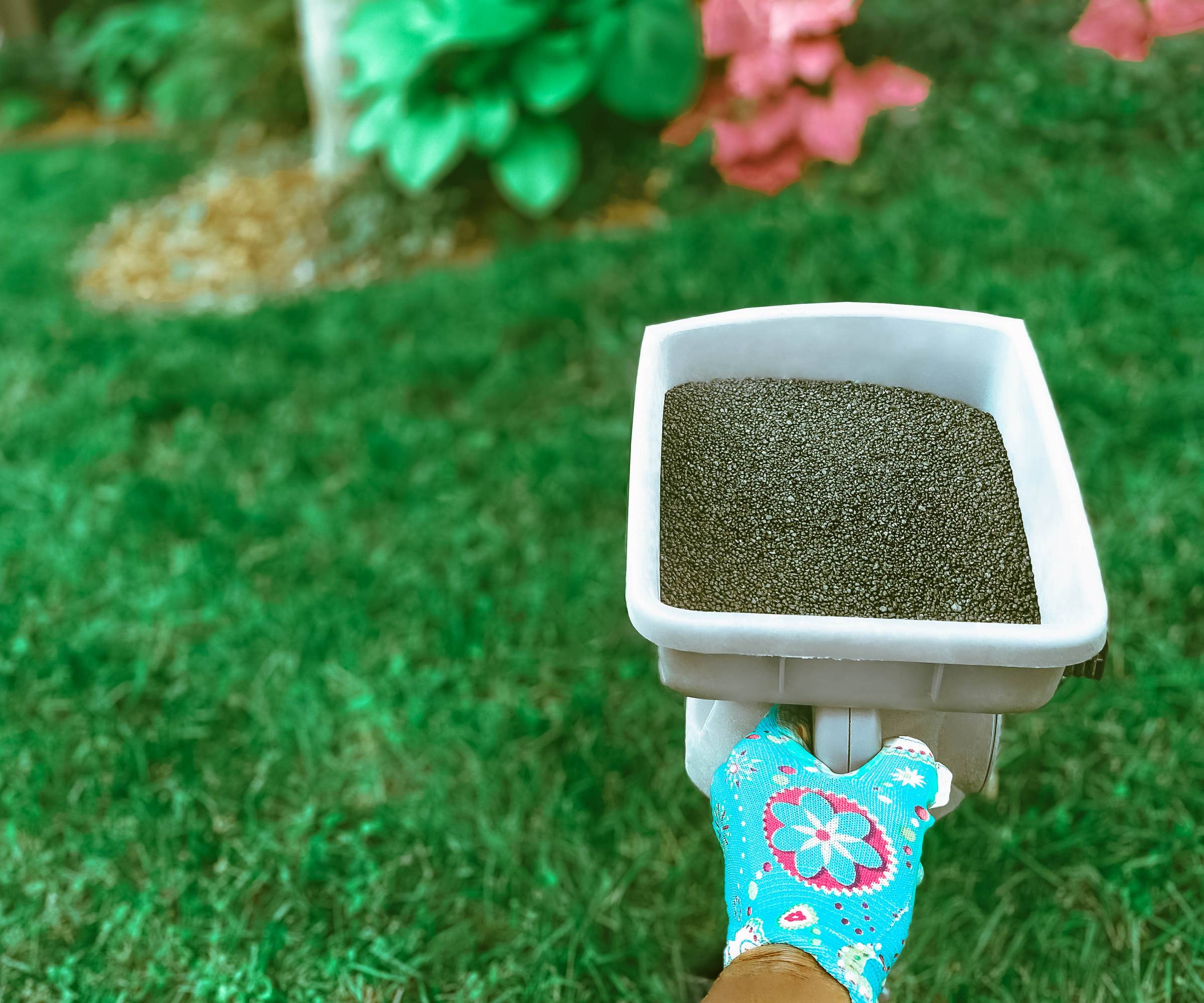
If you want your landscape looking its best, you ought to know all about fertilizer. That is, you could dump fertilizer on your lawn any day of the year and it might be of some help to the grass. But using lawn fertilizer more efficiently will help more and also save you money.
Your grass needs nutrients as it begins its annual growth cycle, and this is the best time to fertilizer your lawn. Feeding the lawn as annual growth begins gives it an extra boost in its growth journey. But take note: turf grass is divided into two types - cool season and warm season - and each one has a different growing season.
- What is cool grass? Cool-season grasses are popular in northern states since they thrive in cooler weather and go dormant in heat. They include Kentucky bluegrass and tall fescue. They start a growth cycle in early spring, so that is the time to fertilize.
- What is warm grass? Warm-season grasses – like bermuda grass or zoysia - are preferred in southern states with hot summers. These lawns thrive in hot weather and wait for cool weather to go dormant. The time to fertilize is early summer.
Whichever type of grass you have, fertilize first thing in the morning to avoid the heat of the day.
Check the product directions to determine how often to reapply. Instructions vary widely about how often to use different fertilizers, with some specifying once-a-year use, some requiring application twice a year, and some calling for use four times a year. As a general rule, unless you're experiencing significant issues, you shouldn't need to apply fertilizer more than twice a year.
Types of Lawn Fertilizer
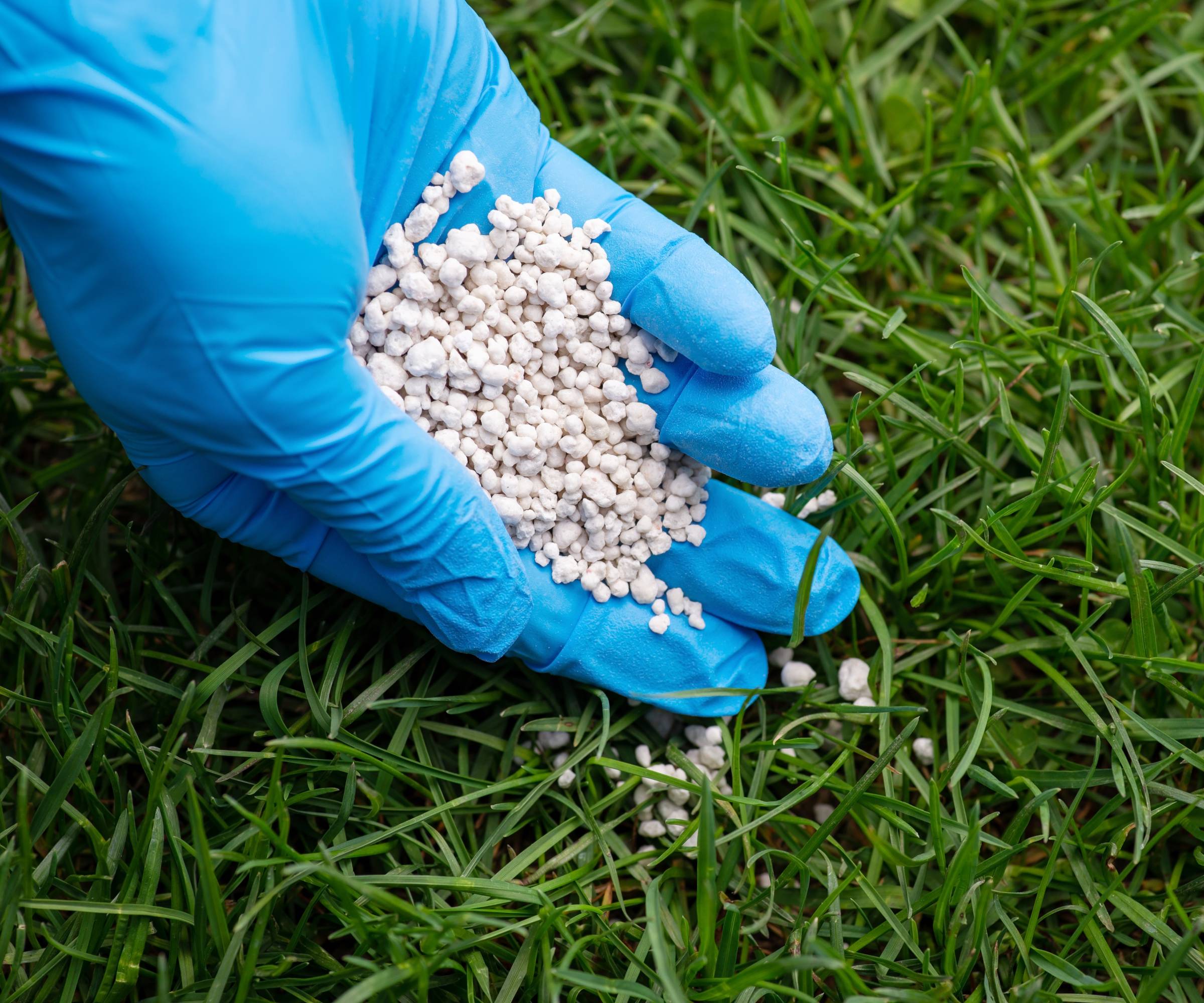
Lawn fertilizers can be synthetic or natural (aka organic), and each type has its advantages. There are several differences between natural and synthetic fertilizers. Synthetic fertilizers are cheaper than organic, but since they contain chemicals, they can burn the grass and cause toxic buildup. They usually have an NPK ratio listed, indicating the percentage of nitrogen, phosphorus, and potassium in the product. While many are balanced (e.g. 8-8-8), some focus on one of the nutrients (e.g. 10-4-4). Synthetic fertilizer can act quickly to perk up your grass.
Sign up for the Gardening Know How newsletter today and receive a free copy of our e-book "How to Grow Delicious Tomatoes".
Organic fertilizers are made from natural substances, often including manure or compost. You probably won’t see a nutrient balance listed, since it will depend on organic products from which the fertilizer is made. Organic fertilizer options work better over time for your lawn, creating a healthier soil rather than offering a quick nutrient burst.
Try Garden Magic Compost and Manure from Amazon if you want to give organic fertilizing a go.
Both types of fertilizers are available in several different formats. Common products include granular fertilizer and liquid fertilizer.
Granular fertilizer consists of grains sprinkled over the lawn that disburse nutrients into the soil over time. Scott's Turf Building, available on Amazon, is a good example.
Liquid fertilizer is a faster-acting product and good for treating spots of the lawn. For this, try Scott's Liquid Turf Builder, also on Amazon.
How to Fertilize a Lawn
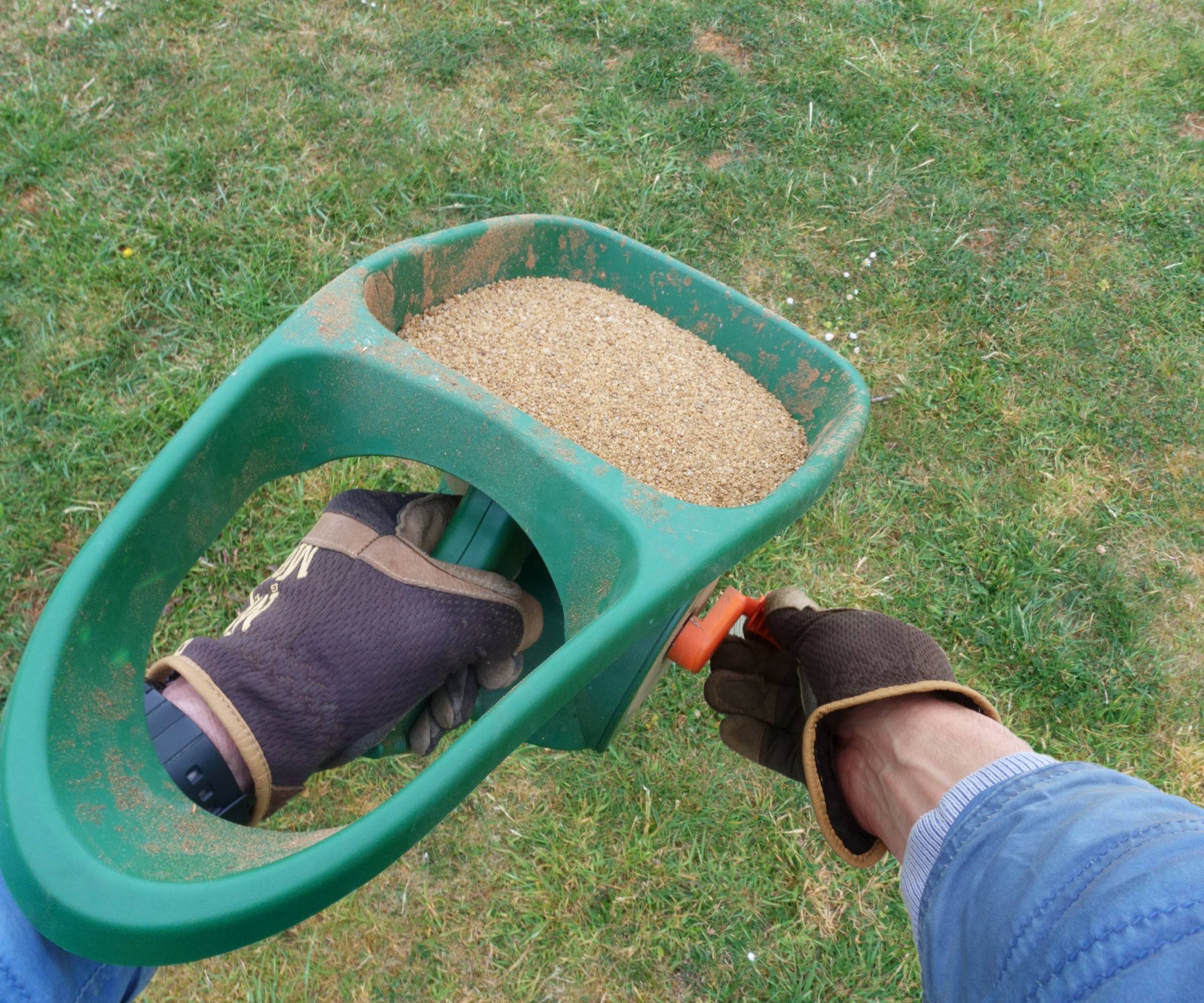
How do you fertilize your yard? Follow these important steps.
Prep
You’ll want to mow the grass and water the lawn well a few days before fertilizing. Water again just before applying fertilizer, unless nature does it with dew.
Pick a Spreader
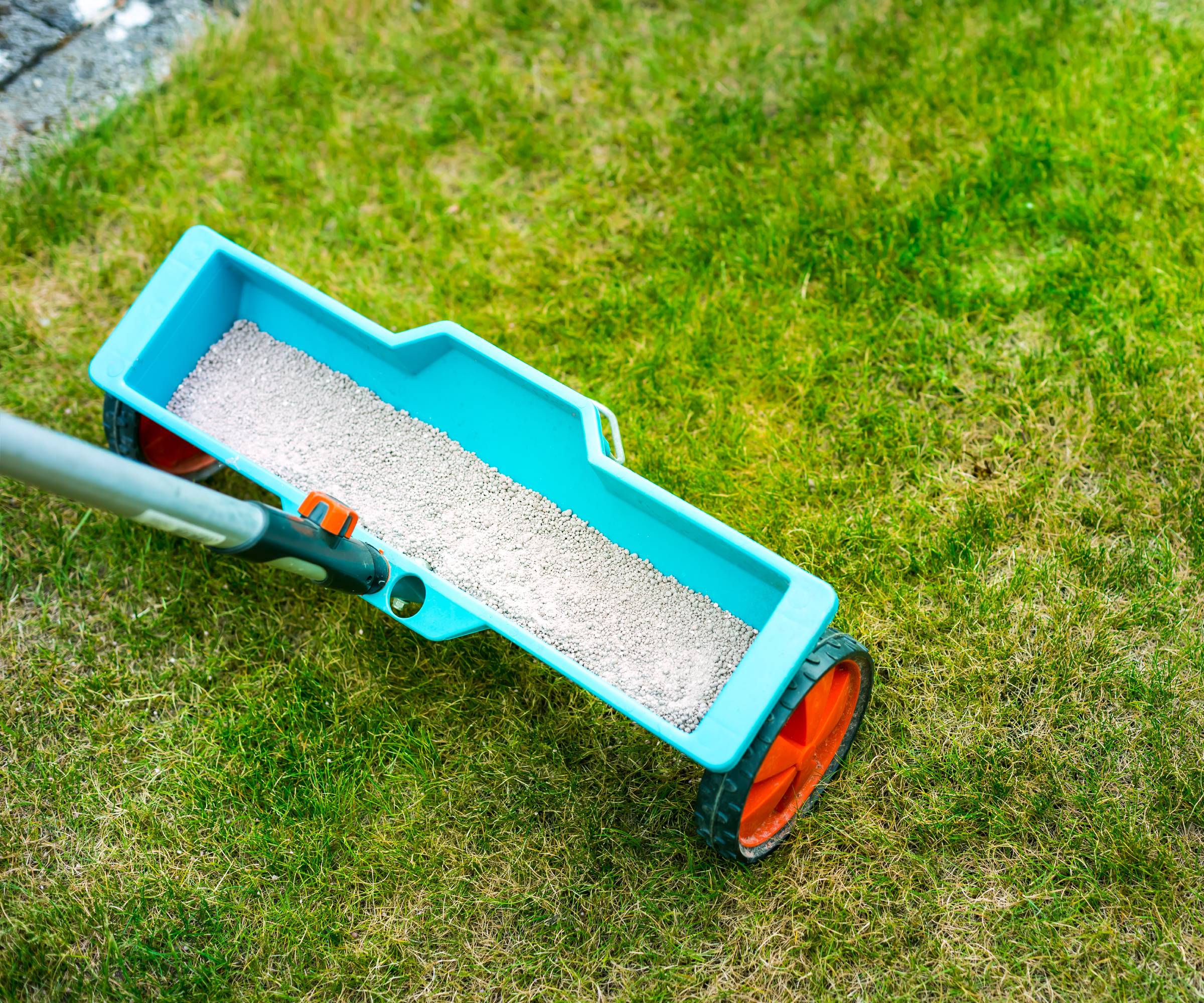
Use a spreader to fertilize, either a broadcast spreader or a drop spreader. Broadcast spreaders are like water sprinklers – they shoot out fertilizer in broad arcs around the lawn using a spinner or a fan. A drop spreader is more like watering with a hose – the application area is smaller, and you can direct the fertilizer to a specific area. The former is faster to use but less precise; the drop spreader is more precise but takes more time. Both types have hoppers to hold the fertilizer. Look on the fertilizer packaging to find the recommended setting for the hopper.
If you're after a broadcast spreader, Home Depot has an Agri-Fab broadcast spreader available now.
If you'd rather go with a drop spreader, check out this one on Amazon.
Apply the Fertilizer
When using a broadcast spreader, start by applying fertilizer to the perimeter of the lawn. Use the side-shield to block one side to prevent getting the product on sidewalks or driveways. After the perimeter, turn off the side-shield, then turn to the middle. Apply in back-and-forth lines building in slight overlap.
For drop spreaders, lay down a strip of fertilizer at either end of the lawn. Then use back-and-forth lines perpendicular to the strips, overlapping the lines to be sure to get full coverage.
After Application
The final step is to water well after fertilizing.
Common Lawn Fertilizing Mistakes
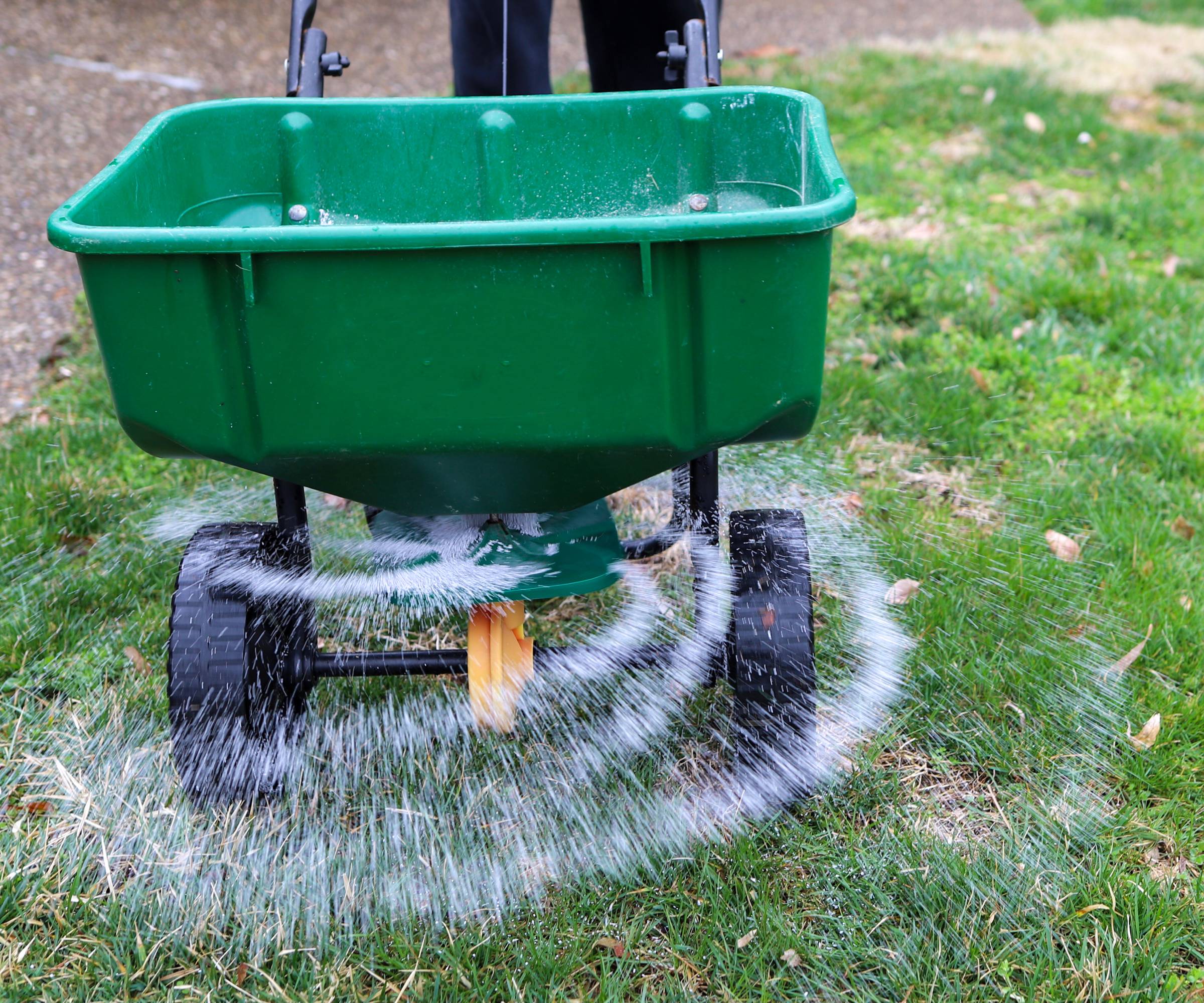
The most common lawn fertilizing mistake people make is to apply either too much fertilizer or too little. To prevent this, follow label directions.
Other common errors are neglecting prep steps like mowing and watering before fertilizing, not using a spreader and trying to spread by hand, and selecting a specialty synthetic fertilizer with an overemphasis on a nutrient your lawn doesn’t need.
Frequently Asked Questions
Is 10-10-10 a good fertilizer for lawns?
The three most important nutrients in fertilizer are nitrogen, phosphorus, and potassium. A 10-10-10 fertilizer has equal amounts of each of the nutrients: that is, 10% by weight. This balanced mix is often used for plants, and can work just as well for lawns that need all three nutrients. The best idea is to test your soil and purchase fertilizer that provides what your soil lacks.
Is it better to put fertilizer on wet or dry grass?
Your lawn should be moist when you fertilize it. If you fertilize in the morning, the dew on the grass is usually sufficient, so get right into the fertilizer. If the grass is dry, wet it down well with the hose before fertilizing.
Do I mow or fertilize first?
If the lawn needs mowing, do it before fertilizing. Fertilizer has an easier time getting down to the roots if the grass is shorter.

Teo Spengler is a master gardener and a docent at the San Francisco Botanical Garden, where she hosts public tours. She has studied horticulture and written about nature, trees, plants, and gardening for more than two decades, following a career as an attorney and legal writer. Her extended family includes some 30 houseplants and hundreds of outdoor plants, including 250 trees, which are her main passion. Spengler currently splits her life between San Francisco and the French Basque Country, though she was raised in Alaska, giving her experience of gardening in a range of climates.